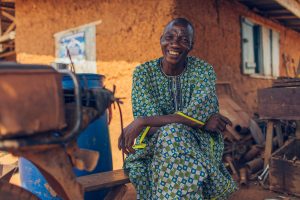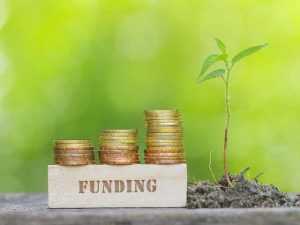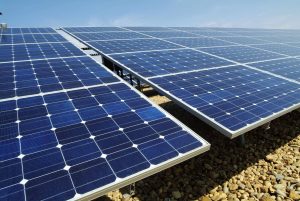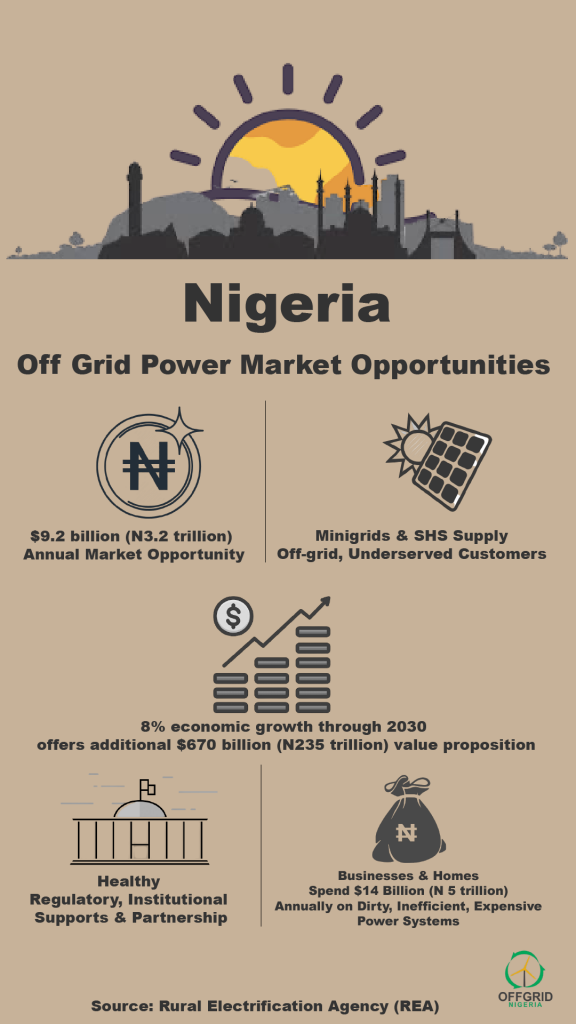The World Bank has disclosed that Nigeria will get $350 million from the $2.1 billion it recently approved for it, to push through its electrification programme expected to provide electricity for 2.5 million people and 70,000 micro, small and medium enterprises.
The $2.1 billion concessionary loan is expected to support the funding of seven projects in key sectors in Nigeria, and the $350 million from it, used to further solar power projects in schools, hospital and small and medium scale enterprises the Rural Electrification Agency (REA) has initiated.
The Bank, in a statement obtained in Abuja, listed the seven projects that will benefit from the $2.1 billion funding support to include nutrition, access to electricity, states’ fiscal transparency, polio eradication, women’s economic empowerment, public finance and national statistics and reducing vulnerability to soil erosion.
It quoted its Country Director for Nigeria, Rachid Benmessaoud, to have stated that Nigeria’s Economic Recovery and Growth Plan (ERGP) had identified human capital investment, restoring growth, and building a competitive economy as its key pillars.
According to it, in the power sector, the Nigeria electrification project would leverage private sector investments in solar mini-grids and stand-alone solar systems to provide electricity to 2.5 million people and 70,000 micro, small and medium enterprises.
It explained the project would also provide publicly-funded reliable electricity to seven universities and two teaching hospitals.
“Besides, the project would support the development of a sustainable framework for expanding electricity access in Nigeria over the long term, with $350 million financed through an IDA credit made available for it,” said the Bank in the statement.
The REA had initiated projects called Energising Education Programme (EEP) and Energising Economy Programme (EEP), wherein it planned to provide electricity to select public universities, teaching hospitals and markets using mostly clean solar power sources.





